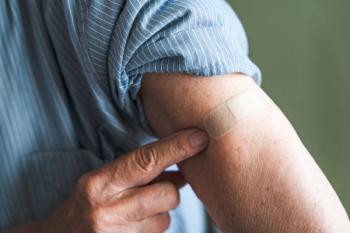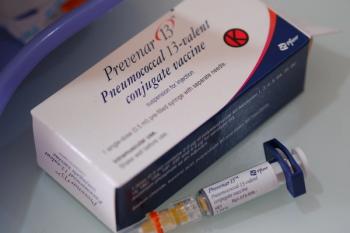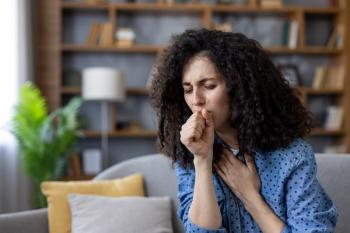
Independent Pharmacy’s Best Kept Secret in Administering COVID-19 Vaccines
Store owners offer tips for supplying and giving shots.
Stories about independent pharmacies not offering coronavirus disease 2019 (COVID-19) vaccines have flooded the local media in places like Philadelphia and Colorado, but a different story is being told on the east and west coasts.
“Independent pharmacies and pharmacy owners can get the vaccine faster because it’s easier for them to communicate with county and city officials,” said Miguel Oseguera, CPhT, owner of Familia Farmacia in Modesto, California. “In fact, we get a lot of customers from chain pharmacies because they can’t get the vaccine there.”
Less than 2 weeks after having met with local government officials, Oseguera received his first batch of the COVID-19 vaccine. He believes the personal interaction helped increase his chances of getting the supply in his store.
Hossein Ejtemai, RPh, who owns Brookville Pharmacy and Wellness Center in Chevy Chase, Maryland, is still waiting for his first shipment, but he is ready to begin administering the vaccine as soon as it arrives. “I can vaccinate up to 500 patients a day if I get a vaccine,” he said.
Ejtemai has a plan that will allow him to immunize patients quickly and efficiently. His current strategy is to vaccinate 25 to 50 patients at the same time. His pharmacy has 2 rooms that can be used for the mass immunizations, where patients will be able to maintain a safe social distance. Each room will hold scheduled immunizations at least an hour apart.
On Demand:
Patients receiving the vaccine will have completed and submitted their registration online before heading to the pharmacy. A staff member will check identification and paperwork to confirm that the patient qualifies. Once the patient is cleared, a pharmacist will administer the COVID-19 vaccine. Ejtemai plans to have 2 to 3 immunizers in the room giving vaccinations in series after confirming registration.
“By the time the immunizers get close to finishing giving out the shots in the first room, the 20-minute observation period would have already passed for most patients,” said Ejtemai. “Instead of moving people from room to room, you can move the vaccinator to the next room.”
Both Ejtemai and Oseguera serve communities of color, and they believe that independent pharmacies play a role in helping minority populations get the vaccine. Ejtemai attributes this to the fact that pharmacists working in independent stores can gain patient trust more easily than chain pharmacies can.
“When you go to a chain pharmacy, you see one pharmacist today, another tomorrow, and you don’t make the connection,” he said. “Not only do my patients see me all the time, but they know my wife and my kids, too.”
He said that establishing a rapport with patients of color can be helpful in encouraging those who may be skeptical to be vaccinated. This especially holds true in Black and Hispanic communities that have historically been distrustful of the medical community because of the longstanding history of discrimination, biases, and mistreatment in the health care community.
Oseguera echoed Ejtemai’s sentiments that minority communities tend to respond more favorably to vaccines in the independent setting. He noted that members of his Mexican community who are reluctant to get the COVID-19 vaccine are more likely to be vaccinated when the person administering the shot looks like them.
Like big box pharmacies, some independent pharmacies are struggling to get some doses of any of the COVID-19 vaccines, which remain in limited supply. Regardless, Ejtemai and Oseguera offer the following tips to help independent pharmacies immunize their patients.
- Consider participating in programs that increase access to vaccines. Independent pharmacies can access vaccines through 2 channels: the Federal Retail Pharmacy Program or pharmacy networks such as LeaderNet, Medicine Shoppe, and CPESN USA that service independent pharmacies.
- Take the initiative to meet with local government officials about your vaccine needs. Unlike pharmacy chains, independents have less bureaucracy, so making these decisions can lead to faster results.
- Take advantage of the intimacy and increased opportunity for patient interaction that independent pharmacy settings offer. A strong pharmacist-patient relationship can help solve medication-related problems because the patient will be more likely to communicate with the pharmacist.
Newsletter
Pharmacy practice is always changing. Stay ahead of the curve with the Drug Topics newsletter and get the latest drug information, industry trends, and patient care tips.





























































































































